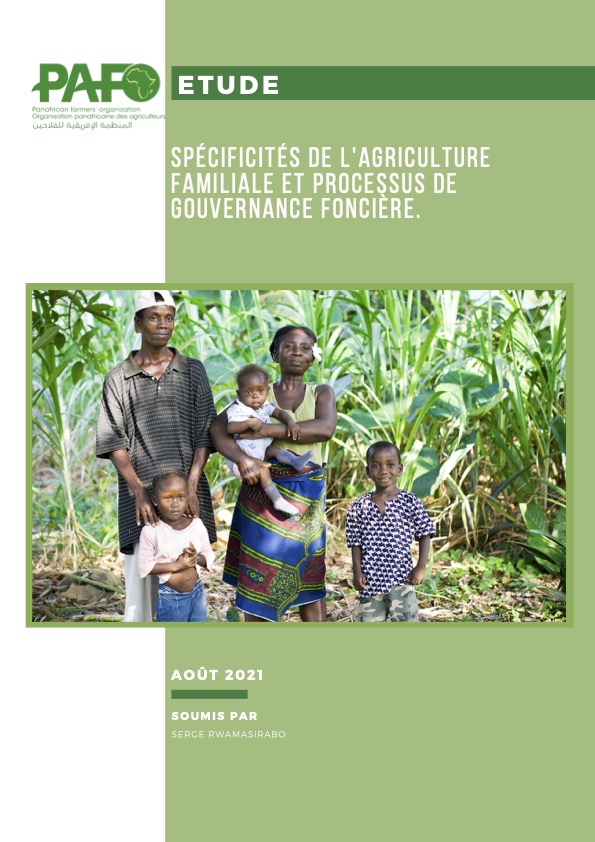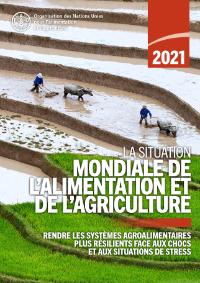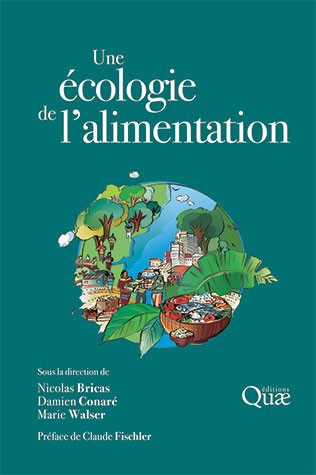Agroforestry Systems of the Tehuacán-Cuicatlán Valley: Land Use for Biocultural Diversity Conservation
The Tehuacán-Cuicatlán Valley, Mexico, is the semiarid region with the richest biodiversity of North America and was recently recognized as a UNESCO’s World Heritage site. Original agricultural practices remain to this day in agroforestry systems (AFS), which are expressions of high biocultural diversity. However, local people and researchers perceive a progressive decline both in natural ecosystems and AFS.







